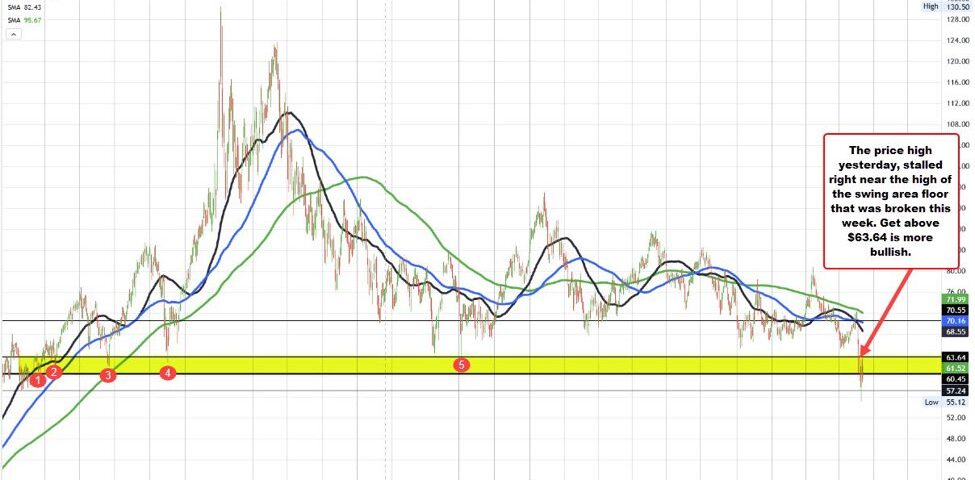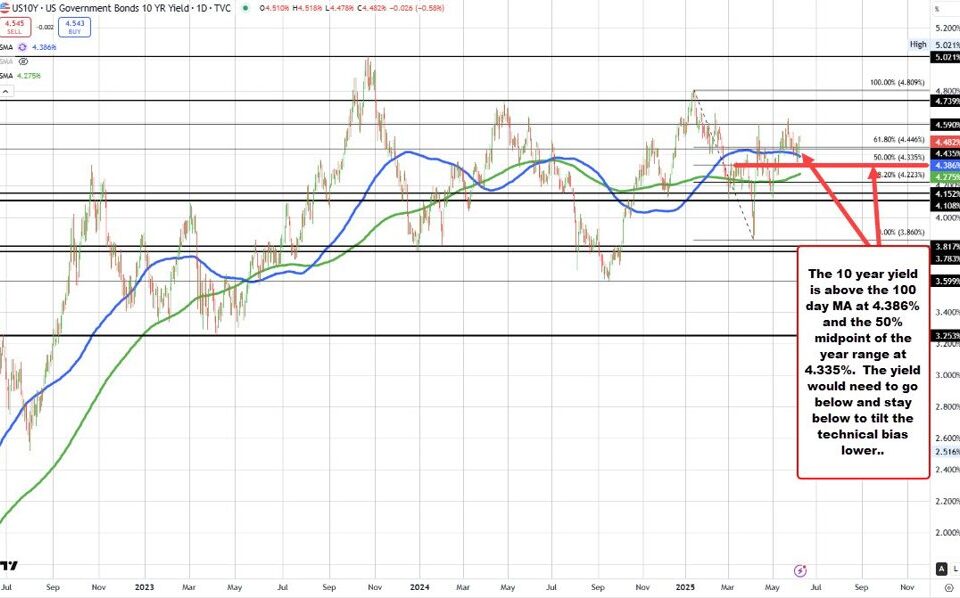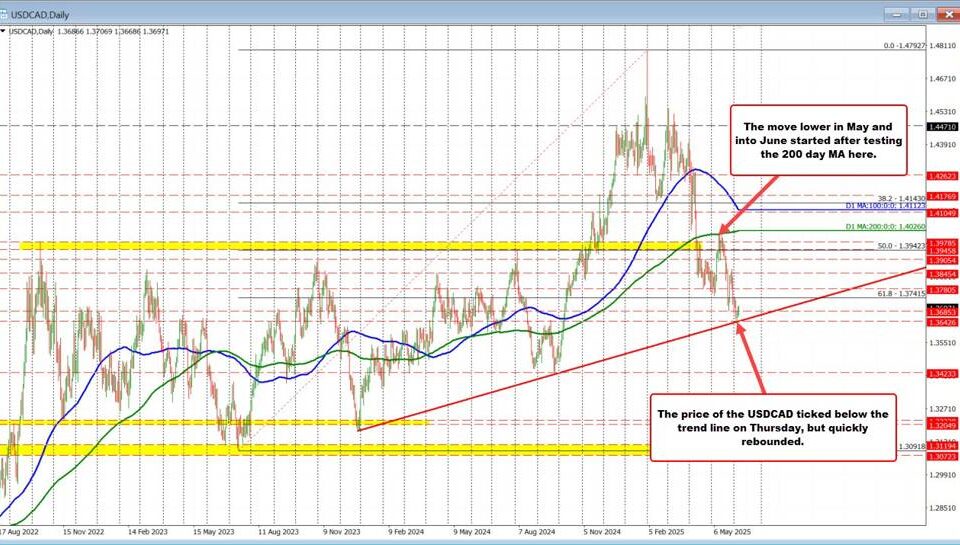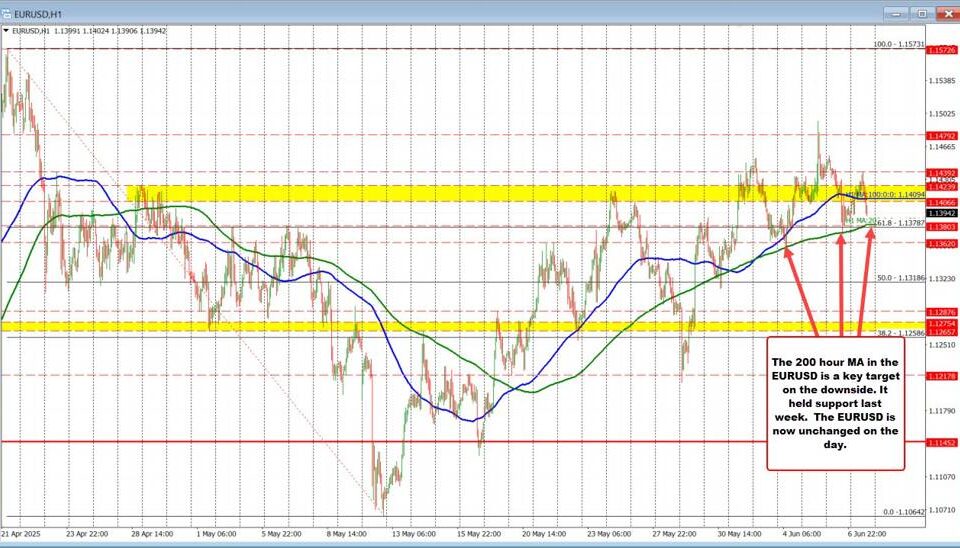Bitcoin’s Meteoric Rise: Implications of the $83,000 Surge and Florida’s Bold Investment
Tháng 4 11, 2025Bitcoin’s Bull Run: Legislative Changes Fuel Price Surge Above $83,000
Tháng 4 11, 2025Crude Oil Futures: Navigating Recent Market Developments amid U.S.-China Trade Tensions
The oil market continues to face significant turbulence as escalating trade tensions between the United States and China reverberate across global economic landscapes. In recent weeks, these geopolitical dynamics have played a crucial role in shaping the pricing and outlook of crude oil futures. This blog delves into the intricate relationship between trade policies, oil pricing, and market forecasts.
Heightened Trade Tensions and Their Impact on Oil Demand
The latest developments in U.S.-China trade relations have sparked considerable concern in financial markets. China recently enacted a staggering 125% tariff on U.S. imports, a direct response to existing tariffs imposed by the U.S. on Chinese goods. This tit-for-tat escalation not only raises concerns about the immediate financial implications for businesses but also casts a long shadow over global economic growth. Analysts predict that the burgeoning economic uncertainty could significantly decrease oil demand, as slower economic activity typically translates into reduced energy consumption. This phenomenon is part of a broader strategy by China to enhance its global partnerships, particularly highlighted during a recent meeting convened by President Xi Jinping with over 40 global CEOs to address these critical issues. For more insights on this, you can read about three strategic moves by China’s Xi.
Moreover, as the trade adversities continue to unfold, fears of a broader global economic slowdown increase. Such anxieties inevitably weigh heavily on crude oil prices, while bolstering market volatility. Investors and industry stakeholders alike remain vigilant, aware that fluctuations in demand can have profound impacts on production and pricing strategies.
Recent Oil Futures Pricing Trends
Despite these challenging conditions, it is noteworthy that oil futures have demonstrated slight increases in recent days. For instance, on April 11, the NYMEX West Texas Intermediate (WTI) crude contract climbed to approximately $60.31 per barrel, while Brent crude futures saw a marginal uptick to about $63.57 per barrel. As market sentiment teeters between optimism and pessimism, WTI futures have even settled at approximately $61.50 per barrel in various reports.
However, it is essential to recognize that these price movements are indicative of a larger trend characterized by market volatility. The interplay of geopolitical events, OPEC+ production levels, and global consumption patterns continues to create an unpredictable pricing environment that challenges both producers and consumers.
The Outlook: Adjusted Forecasts and Market Dynamics
The Energy Information Administration (EIA) has recalibrated its forecasts for oil prices in light of these evolving circumstances. The EIA now anticipates that WTI will average $64 per barrel by 2025, with Brent crude expected to hover around $68 per barrel. In the coming years, further price declines are projected for 2026, suggesting a cautious outlook in the face of ongoing trade tensions and potential economic headwinds.
Market dynamics play a pivotal role in influencing these trends. The abundant supplies from OPEC+ producers, coupled with waning demand due to anticipated economic slowdowns, exert notable pressure on oil prices. Despite recent fluctuations, retail fuel prices have not reflected the downward shifts in futures pricing adequately; consumers have only observed modest declines in gasoline and diesel prices.
In conclusion, the crude oil market stands at a critical juncture where trade relations, economic forecasts, and geopolitical considerations converge. Stakeholders in the oil sector must remain attentive to these developments, as understanding the intricate dynamics at play will be vital for navigating an uncertain future. The potential for heightened volatility looms, making informed decision-making more crucial than ever for businesses and consumers alike.




